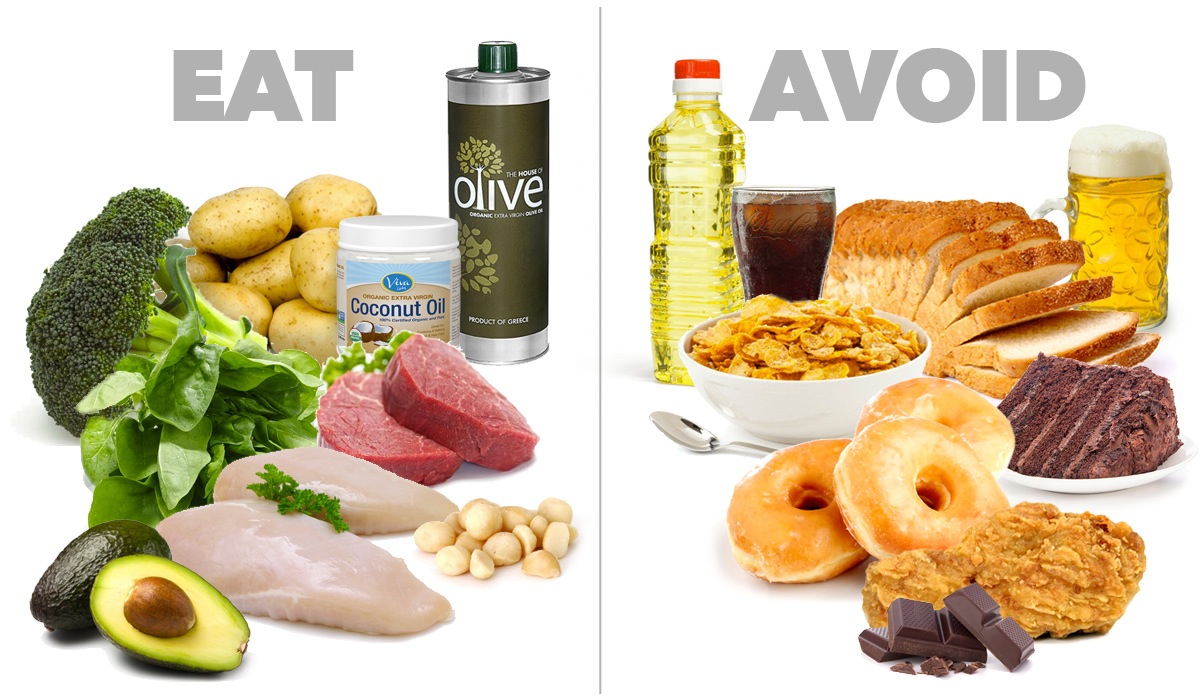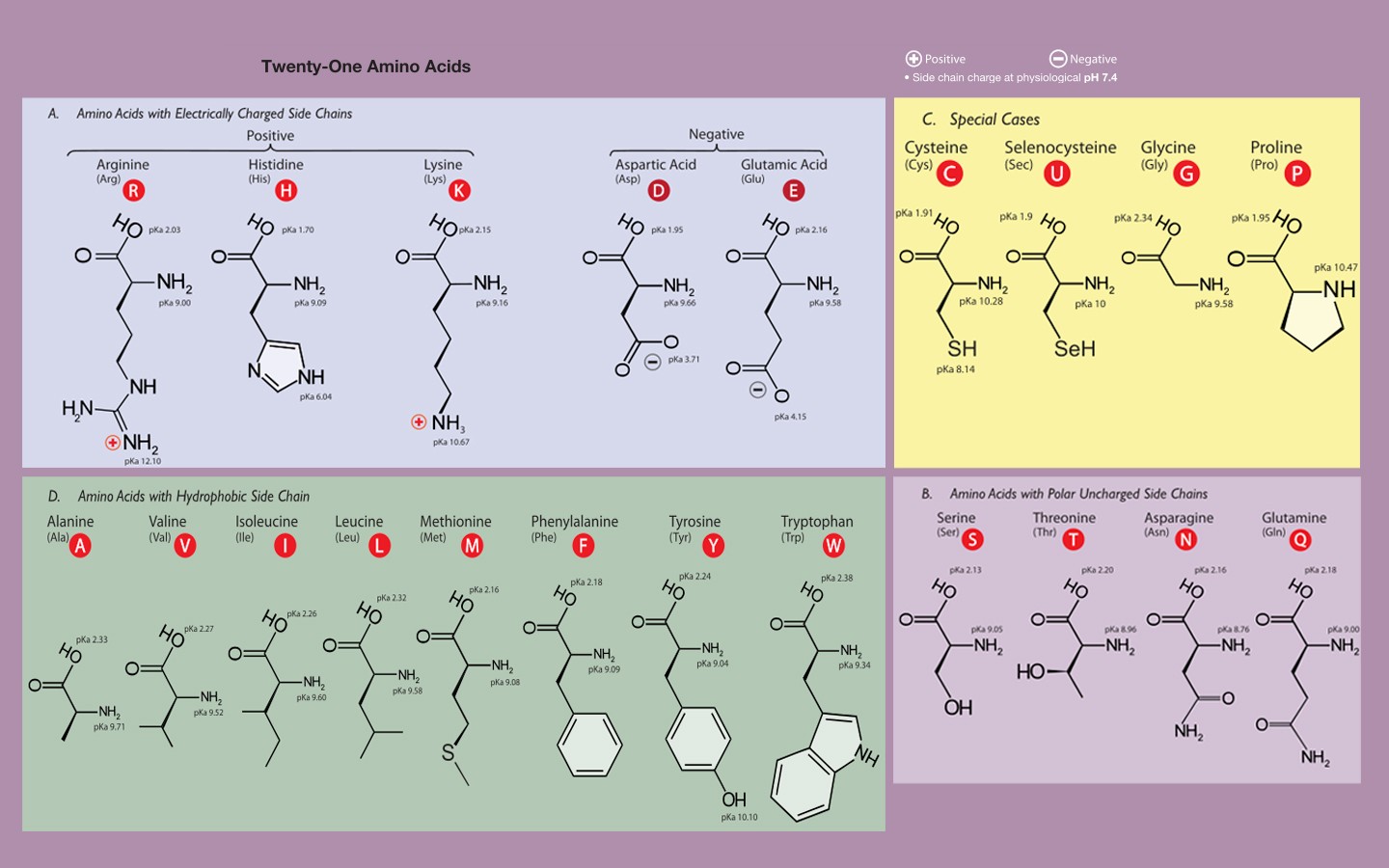 Oils, fats and waxes are mixtures of glyceryl esters of carboxylic acids, compounds consisting of an aliphatic chain and a -COOH end. Some of the acids, shown below, exist in the free state. When double bonds exist in the alkyl chain, the compounds are said to be unsaturated. Polyunsaturated compounds have two or more double bonds. These double bonds are areas of high electron density which make for high reactivity. Electrophilic addition at double bonds is one of the main methodologies of organic synthesis.
Oils, fats and waxes are mixtures of glyceryl esters of carboxylic acids, compounds consisting of an aliphatic chain and a -COOH end. Some of the acids, shown below, exist in the free state. When double bonds exist in the alkyl chain, the compounds are said to be unsaturated. Polyunsaturated compounds have two or more double bonds. These double bonds are areas of high electron density which make for high reactivity. Electrophilic addition at double bonds is one of the main methodologies of organic synthesis.
saturated carboxylic acids
The saturated fatty acids include many well-known compounds. Formic acid is preset in bee stings. Acetic acid gives vinegar its sour taste. Propanoic acid, and to a greater extent butyric acid, are present in dairy products, from decomposition of esters. Hexanoic and dodecanoic acids can be isolated from coconut oil, though they are not the main constituents. Capra is Greek for goat: capric, caproic and caprylic acids occur in goat cheeses.
Hexadecanoic acid is known as palmitic acid because it is the major constituent in palm kernel oil. Octadecanoic acid, the main component of beef fat, is known as stearic acid. Arachidic acid is present in large quantities in peanut and some fish oils. Docosanoic acid is present in most seed fats, such as mustard seed oil and rape seed oil.
The length of the carbon chain on a given acid determines the volatility of the pure substance. Higher molecular weight acids have lower vapor pressure and a higher tendency to condense into a liquid or solid. Thus, acetic and formic acids are volatile liquids; vinegar will lose its acrid flavor if left uncovered as the acetic acid evaporates. But, a compound like palmitic acid is a solid, and will evaporate very slowly. Double bonds in the chain (see below) complicate the process of coordination during solidification, compared to compounds of the same molecular weight with no double bonds. Thus olive oil is a liquid while butter is a soft solid at room temperature. This trend is seen in bulk products like animal fats, composed of triglycerides (below), which are esters of fatty acids. The fat from hogs which are fed soybeans has a higher proportion of unsaturated fats and melts lower than the fat from hogs with limited soy intake.
unsaturated acids
Sorbic acid (2,4-hexadienoic acid) is used in various forms as a preservative; it probably works by inhibiting active sites on bacterial enzymes. Vaccenic and petroselinic acids are less well known 18-carbon (octadecaenoic) acids. Oleic acid is the main constituent of olive oil.
Linoleic, linolenic, and arachidonic acids are termed essential fatty acids because the body cannot synthesize them from other acids. They can be found in various vegetable oils such as peanut, sunflower and soybean, and are used to synthesize the prostaglandin, leukotriene and thromboxane families of endogenes. Gamma-linolenic acid is an intermediate in this process. Variants like EPA (an eicosapentaenoic acid), known as omega-3 oils, commonly found in fishes, can be used as antihyperlipidemics, compounds which reduce the level of low-density lipoproteins (LDLs) in blood.
Tung oil, a drying oil, contains mainly eleosteric acid, cis-trans-trans-9,11,13- octadecatrienoic acid). The unsaturated bonds in drying oils help paint polymerize into a solid matrix.
toxic oils
Tuberculostearic acid and TMTA are secreted by tuberculosis cells; the latter compound is the primary toxin. Ricinoleic acid is a substituted oleic acid derivative implicated in demyelinization of nerve fibers. Crynonycolenic acid is derived from the diptheria bacillus.
The urushiols are a family of oily allergens secreted by poison ivy, oak and sumac. Oils like these – consisting of an aromatic ring and a long aliphatic chain – may persist for years, but may still be easily removed by detergents. The anacardic acids are related compounds. Embelin is another naturally-occurring irritant oil.
esters & waxes
Esters are organic compounds arising from a combination of a carboxylic acid and an alcohol, giving the R-CO-O-R linkage shown. Low-molecular weight esters give fruits their characteristic odors and flavors. It is interesting that almost all the low-weight esters smell pleasant, while their acid counterparts are unpleasant to the human sense of smell. This is simply an artifact of our evolution; not surprisingly, a selective advantage was gained by organisms which turned up their noses at rotting foods but ate fresh ones! The coevolution of flowering plants (angiosperms) and humans is an interesting story in its own right.
The higher molecular weight esters are solid waxes. The hardness of the wax depends directly on its composition of various esters. Carnauba wax is high in ceryl cerotate, which has two chains of equal and substantial length, which impart hardness. Beeswax is high in an ester with one very long chain and one shorter chain, giving it a somewhat softer property. Spermaceti, from the cranial fluid of sperm whales, is rich in hexadecyl palmitate (16 carbons to either side). This oil burns well in a lamp, and was used extensively historically.
triglycerides
All the natural animal and vegetable fats and oils are composed of esters of glycerol, a tri-alcohol or triol, and various fatty acids. These glyceryl esters are known as triglycerides. The physical properties like melting point again depend on the various chain lengths involved, with longer chains giving lower melting points and double bonds/unsaturation raising the melting point.
In the blood, triglycerides are further packaged into pockets of fat and protein called lipoproteins. The lipoproteins are of various sorts, primarily what are called high and low density lipoproteins (HDLs and LDLs).
In addition to providing energy through lipolysis (fat burning), triglycerides contribute to the structure of cell walls, which are fatty acid (phospholipid) bilayers. Nerve cells also rely heavily on the properties of phospholipid membranes. Sequestration of water environments inside lipid bilayers probably played an important role in the origination of life, since copy errors are less punitive in a protected environment.
olestra (Olean) & Xenical
Olestra is a non-absorbable cooking oil which is made by combining vegetable oil and sucrose in a molecule with physical characteristics similar to fat/triglyceride. While triglycerides consist of a glycerol core with three fatty acids attached, olestra is composed of a sucrose core with six to eight fatty acid chains attached. This structural configuration prevents olestra from being metabolized by digestive enzymes or colonic microflora. Therefore, olestra is not broken down or absorbed from the gastrointestinal (GI) tract, and no calories are released. Studies show this compound is non-toxic, imparting the taste sensation of fat without the calories, but the fact that it is not absorbed causes some unpleasant side-effects such as fatty stools. As with many recent chemical novelties, the long-term effects are uncertain.
Xenical is a recent weight-loss drug that works by binding to lipolytic enzymes and inhibiting fat absorption. This mechanism is in stark contrast to the stimulant approach to combating obesity.
composition of common fats and oils
Because they are mixtures of glyceryl esters of various carboxylic acids, it is impossible to show a chemical structure for a “butter molecule” or an “olive oil molecule.” Mixtures cannot be broken down into a single entity which when isolated retains the properties of the whole. One can however resolve the mixture into its component compounds, which for natural fats and oils are esters of carboxylic acids. The results for some common oils and fats are shown here schematically in bar plots. To the left of the vertical axis are plotted the saturated components of various chain lengths. To the right are the unsaturated components.
Recent studies suggest that a diet rich in animal fats may increase the risk of fat-related morbidities as one ages, incuding colorectal cancer, heart disease and arteriosclerosis. These effects probably arise from several compounds, i.e. cholesterol, as well as saturated fats, and are probably exacerbated by synergism with toxins such as nicotine (i.e. nicotine may irritate the lining of blood vessels and promote plaque binding).
Beef and palm oils are high in unsaturated components (stearic and palmitic), but still have appreciable monounsaturates. Coconut is the really “evil” oil, high in low-molecular weight saturated fats.
Vegetable oils have lower cholesterol content and are considered healthier as a group. Hydrogenation renders them harder (more solid) and imparts a more fat-like texture, but probably negates this health benefit despite retarding further oxygenation.
Olive and peanut are high in monounsaturates. A diet high in olive oil may contribute the suppleness of skin endemic to the Mediterranean peoples.
According the current literature, the “healthier” oils contain high concentrations of unsaturated oils, particularly polyunsaturates. Soybean, canola (rape seed), sunflower and corn oils are high in polyunsaturates. There is some evidence, though, that excessive polyunsaturates impart their own health detriments. Polyunsaturated oils such as rape seed have been used to aid the polymerization process in paints and lacquers: the double bonds link other structures together by donating bonds. Even linoleic acid is a semi-drying oil. Furthermore, the all-cis forms of these polyunsaturates are energetically unstable and trans forms, known to be unhealthy, are thus more likely to occur.
ketone bodies and ketogenic diets
A diet rich in fats and oils but poor in carbohydrates and proteins is termed ketogenic because it promotes the formation of ketone bodies. These are small acids and ketones which shift the pH of blood away from the physiologic norm around 7.0 (acid neutral). Such compounds arise in the blood as a result of alcoholism and diabetes; the syndrome, whatever its etiology, is termed ketosis.
High-protein diets such as the popular Atkins diet work by starving the body of carbohydrate (sugar-based) nutrition. This induces the other main mechanism of oxidative organisms, beta-oxidation of fatty acids. Presumably, enzymes responsible for the latter mechanism are induced, leading to fat loss and thus weight loss. Pursued within reason, such an approach is not unhealthy, though in extremes it can of course be dangerous.


